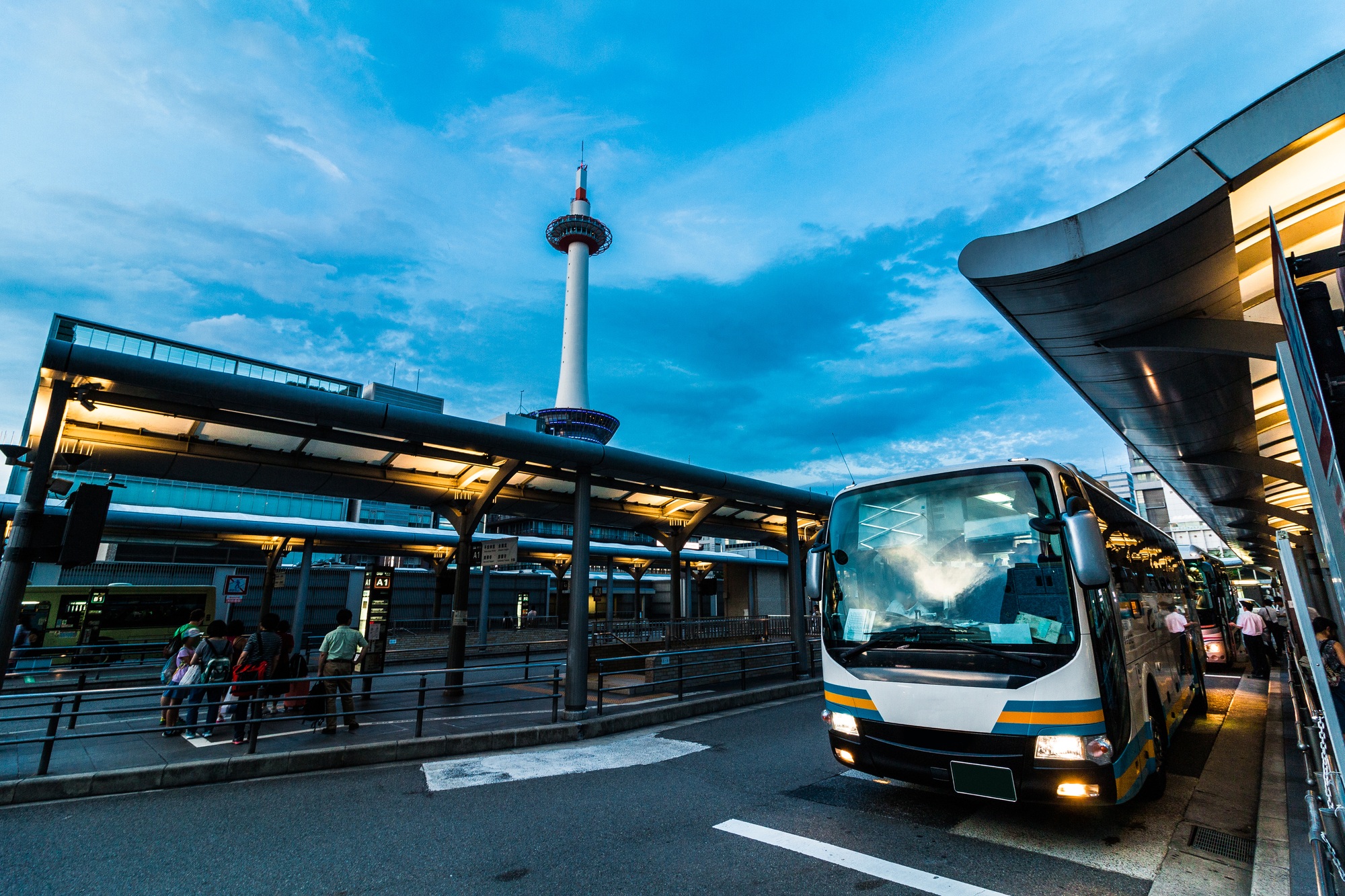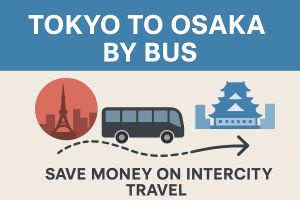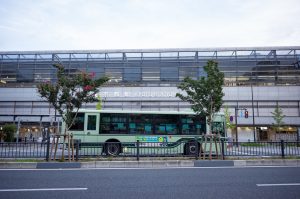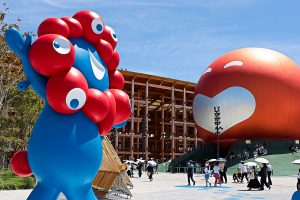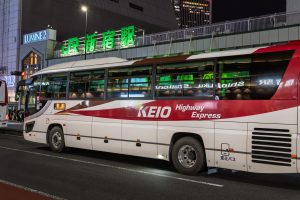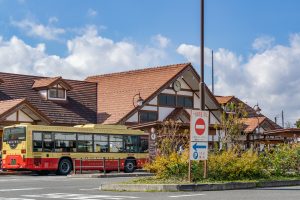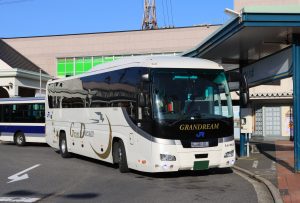Travel in Japan presents a choice: the unparalleled speed of the Shinkansen or the incredible savings of the highway bus. This article explores the nuances of this decision, weighing the true cost of travel, the strategic use of time, surprising levels of comfort, and the unique experiences each option offers to help you decide which is best for your budget and schedule.
The Classic Japanese Travel Dilemma: Speed vs. Savings
When traveling between Japan’s major cities, a classic choice arises: the world-famous Shinkansen (bullet train) or the economical highway bus. The Shinkansen offers incredible speed and efficiency, while the highway bus provides significant cost savings and a different travel experience. This isn’t just about time versus money; it’s a choice between two distinct travel philosophies. While the Shinkansen’s prestige is undeniable, Japan’s highway bus network has evolved into a surprisingly sophisticated and comfortable competitor, offering a wide range of services that challenge old stereotypes. This guide will dissect the key factors—cost, time, comfort, and cultural experience—to help you choose the best option for your journey.
The High-Level Showdown: Bus vs. Shinkansen at a Glance
For a quick overview, this comparison of the popular Tokyo to Kyoto route highlights the fundamental differences.
| Metric | Shinkansen | Highway Bus |
| Travel Time (Tokyo-Kyoto) | ~2 hours 15 minutes | ~7 to 9 hours |
| Typical Cost (Tokyo-Kyoto) | ~¥13,000 – ¥16,000 | ~¥4,000 – ¥8,000 |
| Primary Advantage | Unmatched speed and efficiency | Maximum cost savings |
| Key Drawback | Highest cost option | Longest journey time |
| Ideal For | Time-sensitive travelers, those seeking the iconic bullet train experience, and Japan Rail Pass holders. | Budget-conscious travelers, those wanting to save on accommodation via overnight travel, and those with flexible itineraries. |
This table establishes the core trade-off: the Shinkansen’s luxury of time versus the highway bus’s power of a bigger budget.
The Deciding Factor: A Deep Dive into Cost
For many, the budget is the most critical factor. The choice between Shinkansen and bus offers one of the biggest opportunities for savings.
Ticket Prices and the Overnight Advantage
The Shinkansen’s speed comes at a premium. A one-way ticket from Tokyo to Kyoto or Osaka typically costs between ¥13,000 and ¥16,000. Travelers can check real-time prices on booking sites like Japan Bullet Train.
In contrast, the highway bus is the undisputed budget champion. The same Tokyo-Kyoto route can cost as little as ¥4,000 to ¥7,500, often less than half the price of a Shinkansen ticket.
The biggest cost-saving advantage comes from overnight buses. A 7-to-9-hour overnight journey doubles as both transport and accommodation, saving you the cost of a hotel for one night. With budget hotels in Kyoto costing around ¥8,000, the “true cost” of taking the Shinkansen becomes ¥14,500 (train) + ¥8,000 (hotel) = ¥22,500. The overnight bus traveler’s cost is just the ticket, around ¥5,000. This reframes the bus as a strategically efficient financial choice. View bus tickets on Japan Bus Tickets.
For multi-city travel, the Japan Bus Pass offers incredible value, starting at ¥10,000 for three days of travel, a much cheaper and more flexible alternative to the Japan Rail Pass for certain itineraries.
Time & Convenience: The Speed of Arrival vs. The Efficiency of the Journey
Time is a traveler’s most precious resource. The “most efficient” use of time depends on your priorities.
Shinkansen Speed vs. Overnight Bus Efficiency
The Shinkansen is unmatched in speed, connecting Tokyo and Kyoto in about 2 hours and 15 minutes. This means more daylight hours at your destination, a huge advantage for short trips.
However, the “slower” overnight bus can be more time-efficient. Its 7-to-9-hour journey occurs while you sleep, saving valuable daytime hours. An overnight bus traveler can enjoy a full day in Tokyo, travel through the night, and arrive in Kyoto early the next morning (around 6:00-7:00 AM), ready for a full day of sightseeing. In contrast, a Shinkansen journey consumes a significant portion of a morning. For those on a tight schedule, the overnight bus can effectively grant an extra half-day of exploration.
Daytime buses, taking around 7.5 to 9 hours, appeal to the “slow traveler” who enjoys watching the landscape change from urban sprawl to rural scenery. Both buses and trains use central terminals, but the bus network often offers more dispersed pickup points, which can be more convenient depending on your accommodation’s location.
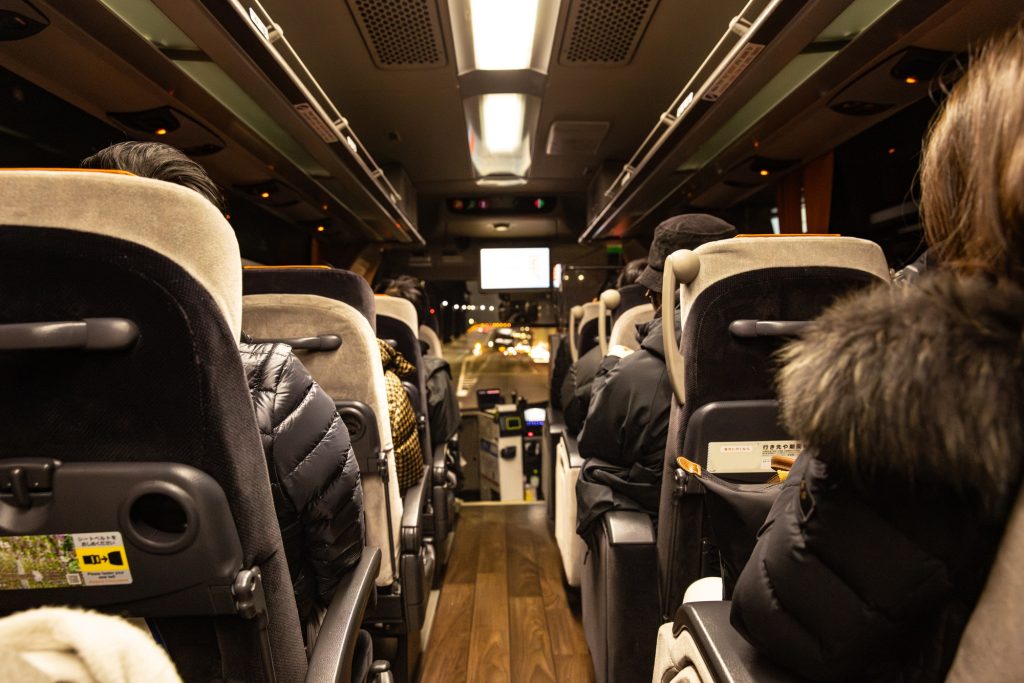
Inside overnight bus
The Onboard Experience: Deconstructing Comfort & Amenities
Modern highway buses have shattered old stereotypes of discomfort, offering a diverse range of options that compete with the Shinkansen’s high standards.
Shinkansen and Bus Comfort Tiers
The Shinkansen offers a high level of comfort even in its standard Ordinary Car (3×2 seating), with ample legroom, reclining seats, and power outlets. The
Green Car (first class) provides an even more luxurious experience with wider 2×2 seating, deeper recline, and enhanced amenities.
Japanese highway buses now offer a spectrum of comfort levels, allowing travelers to customize their journey:
| Seat Tier | Typical Layout | Key Features | Best For |
| Economy / Standard | 4-row (2×2) | Functional and highly affordable. | The tightest budgets. |
| Comfort / Relax | 4-row (wider pitch) | More legroom, deeper recline, often with footrests. | A small upgrade for a much better overnight experience. |
| Premium 3-Row | 3-row (1x1x1 or 2+1) | Wide, individual seats, privacy curtains, deep recline. | Prioritizing personal space and privacy. |
| Luxury Pod / Shell | Shell-type private pods | A near-flat reclining seat in a private shell, a “hotel on wheels” experience. | The ultimate in overnight comfort. |
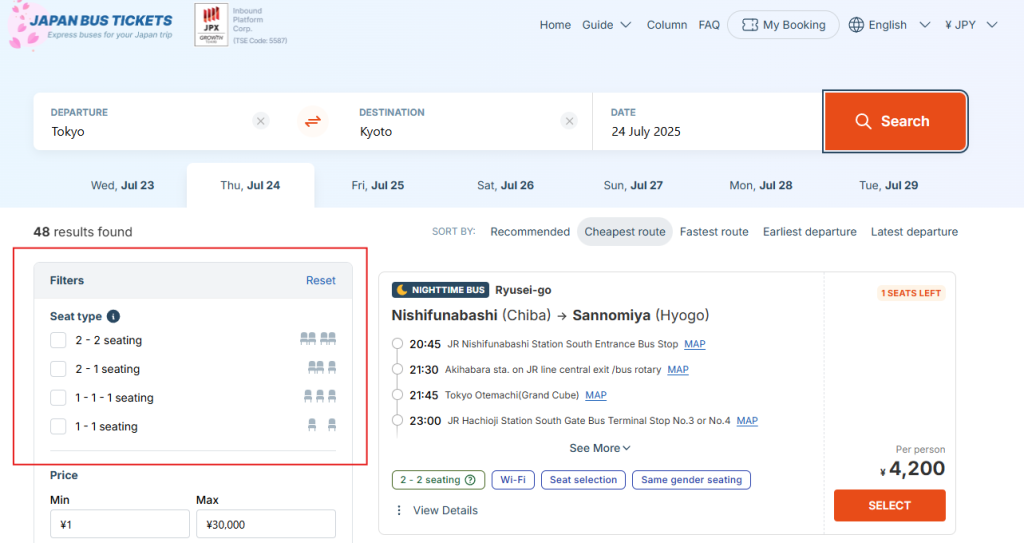
You can select seat type in Japan Bus Tickets
The most luxurious buses, like the ‘Dream Sleeper,’ feature private rooms and rival the Shinkansen’s Green Car in comfort.
Regarding amenities, luggage is stored underneath on buses, while the Shinkansen has overhead racks and reserved space for large bags. Wi-Fi and power outlets are becoming standard on both. All Shinkansen have restrooms, but this varies on buses, so it’s a key feature to check when booking.
Beyond the Seat: The Cultural Journey
The journey itself is part of the adventure, and each mode offers unique cultural experiences.
Shinkansen Rituals and Roadside Adventures
Riding the Shinkansen is a quintessential Japanese experience, highlighted by the tradition of enjoying an ekiben (station bento box). Major stations like Tokyo Station host shops like “Ekibenya Matsuri,” offering over 170 varieties of regional meals. Another highlight is the view of Mt. Fuji. On the Tokyo to Kyoto route, reserving Seat E provides the best chance for a spectacular, unobstructed view of the mountain on a clear day.
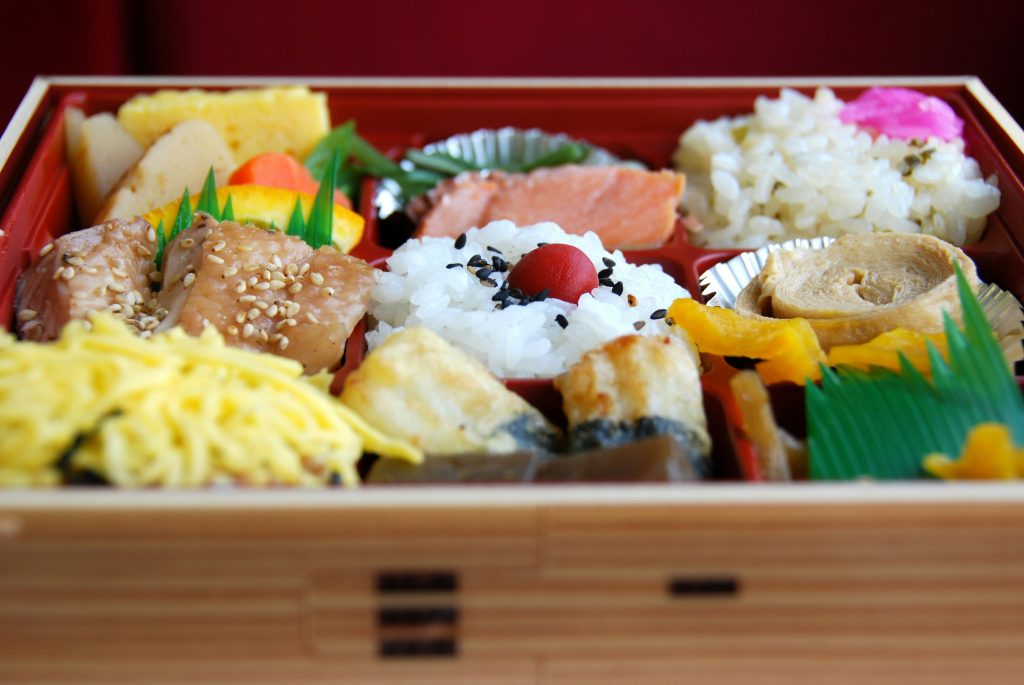
station bento box
The highway bus offers a more grounded experience, centered on Japan’s remarkable rest stops, or michi-no-eki (roadside stations). These are not just pit stops but vibrant cultural hubs with clean facilities, local food, and unique souvenirs, offering a taste of the region you’re passing through. While the scenery from a bus can be excellent, it can sometimes be obscured by highway barriers, whereas the Shinkansen’s elevated tracks often provide more consistent panoramic views.
Making Your Choice: A Decision Guide for Every Traveler
The final decision depends on aligning the mode of transport with your personal travel priorities.
Choose the Shinkansen if…
- Time is your top priority and you want to maximize sightseeing hours.
- You value maximum comfort, space, and a smooth journey.
- You want the iconic bullet train experience.
- You are traveling with a Japan Rail Pass.
Choose the Highway Bus if…
- You are on a strict budget and want to maximize savings.
- You want to combine travel and accommodation costs by traveling overnight.
- You have a flexible itinerary and prioritize savings over speed.
- You are an adventurous traveler interested in roadside culture.
A hybrid approach is also an excellent strategy. Use the Shinkansen for time-critical legs and an overnight bus for others to save money, getting the best of both worlds.
Ready to Book Your Journey?
Whether you’ve chosen speed or savings, booking your journey is simple.
Booking Your Highway Bus
For those convinced that the highway bus is the right choice, a wealth of options awaits. From ultra-economical standard seats to luxurious private pods, the perfect ride for any budget and comfort level can be found.
- Convinced the bus is for you? Explore routes, compare seat types, and find the best fares on our homepage. Book now! https://www.japan-bus-tickets.com/
- Feeling a little overwhelmed by the options? Our comprehensive guide to bus travel in Japan has everything you need to know, from luggage rules to boarding procedures. Please see our guide page for more information https://www.japan-bus-tickets.com/guide/bus-information
Booking Your Shinkansen Ticket
If speed is the number one priority, the Shinkansen is the undisputed champion. Booking in advance ensures a reserved seat and a smooth, efficient journey.
- If speed is your number one priority, the Shinkansen is the answer. You can compare schedules and book your bullet train tickets through our trusted partner. Book your Shinkansen tickets at Japan Bullet Train: https://www.japan-bullettrain.com/

